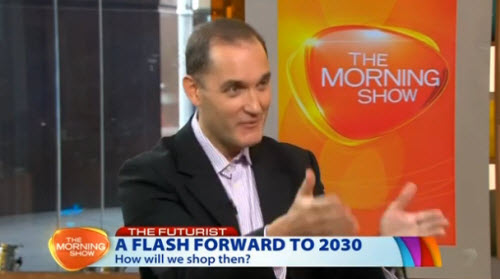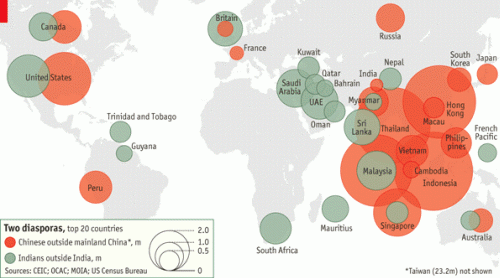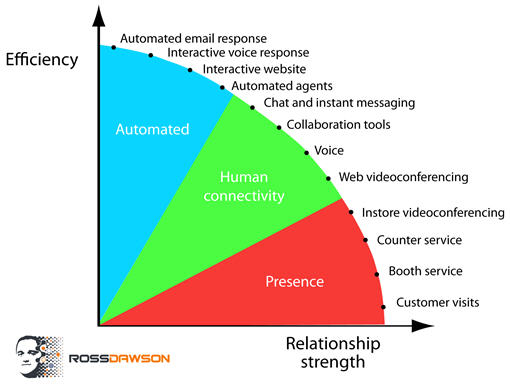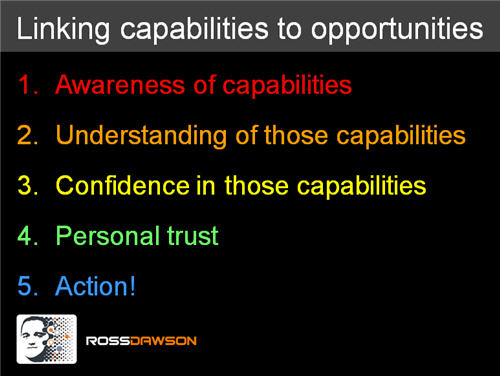The immense social media opportunity for real estate
The Weekend Australian last Saturday had an interesting article titled Facebook shakes up house hunt (subscription may be required).
It described how a couple had bought their dream home after finding it on the Facebook page of a real estate agent. They arranged to inspect it immediately after it appeared on the page and bought it the next day, before the for-sale sign had been put up in the yard.
The journalist writing the article called me for some comments and included this at the end of the piece:
Social-media expert Ross Dawson said Facebook had enormous potential, but many real estate agent’s efforts were “terrible”. “They just don’t understand it. It’s a completely different mentality. They just want to sell,” Mr Dawson said.
This is true, but I think what was more interesting was the rest of what I said to the journalist, which wasn’t quoted in the article.
Read more →




